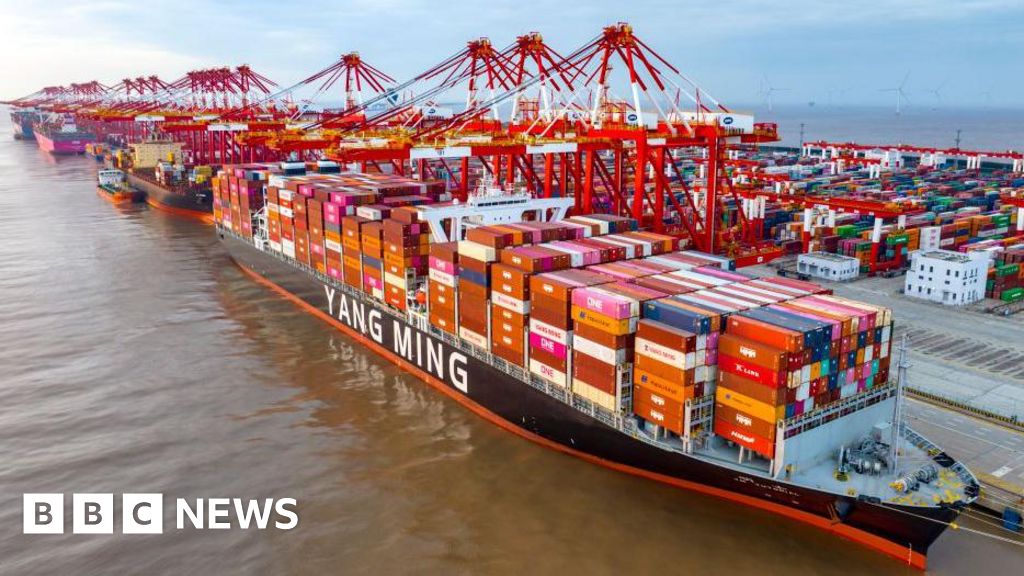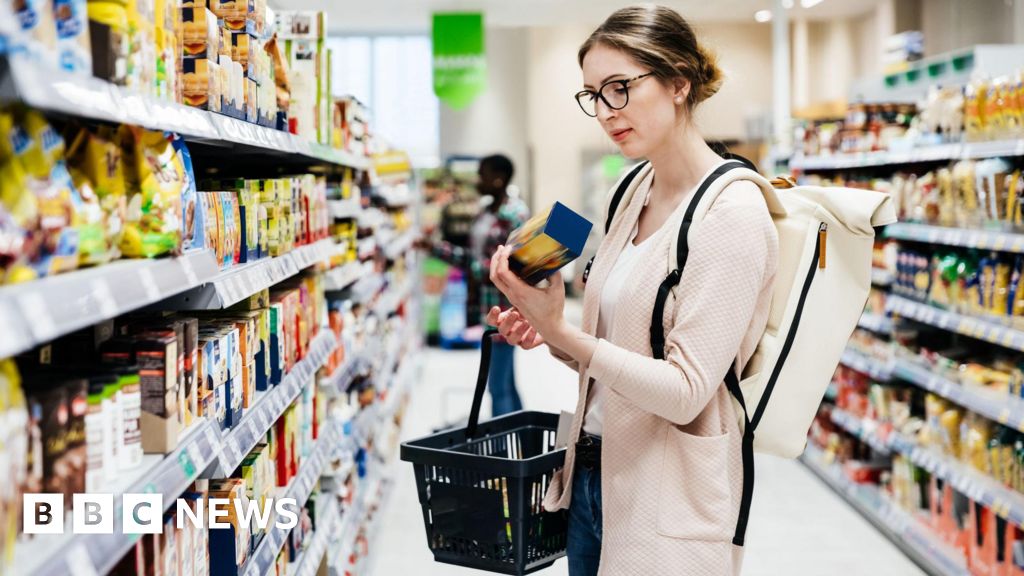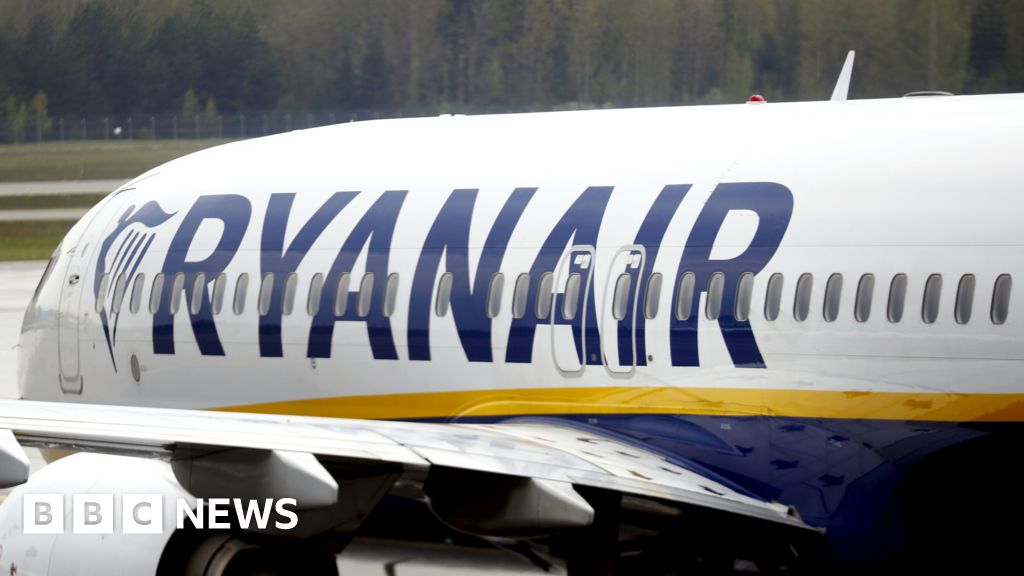ARTICLE AD BOX
By Kevin Peachey
Personal finance correspondent, BBC News
image sourceGetty Images
image captionContactless cards have generally been used for lower-value purchasesThe spending limit on each use of a contactless card is to rise from £45 to £100 from 15 October, banks have revealed.
The maximum amount was increased from £30 to its current level at the start of the pandemic, and plans to raise it further were announced in the Budget.
Nearly two-thirds of all debit card transactions are made via the tap-and-go technology.
But academics have warned that raising the limit could increase crime.
When contactless card payments were introduced in 2007, the transaction limit was set at £10. Cards were generally used in this way in place of small change when buying snacks, papers and occasional groceries.
The limit was raised gradually to £20, then to £30 in 2015.
The pandemic accelerated a move away from cash, with shoppers often being encouraged to use contactless in many stores to reduce close contact between staff and customers.
It meant the government and industry hurriedly increased the limit to £45 and announced plans to raise it again to £100.
Banks said that, given the number of terminals that will need to be updated to accept the new limit, it would take some time for the new level to be introduced across all retailers.
However, there are concerns that the next increase will prove tempting for criminals to step up efforts to steal cards.
A report for UCL's Jill Dando Institute of Security and Crime Science said credit and debit cards were known as "hot property" for criminals.
"Raising the contactless card limit to £100 would likely make card theft more attractive, increasing a broad range of acquisitive crimes including snatch theft of wallets and purses, hold-up robberies, and home and vehicle break-ins to find cards that can be used fraudulently," the report said.

 3 years ago
67
3 years ago
67








 English (US) ·
English (US) ·